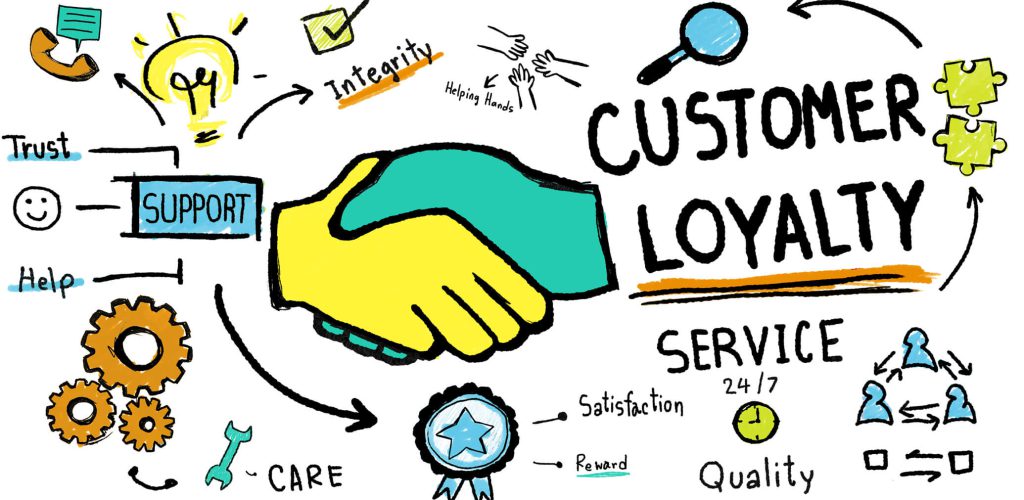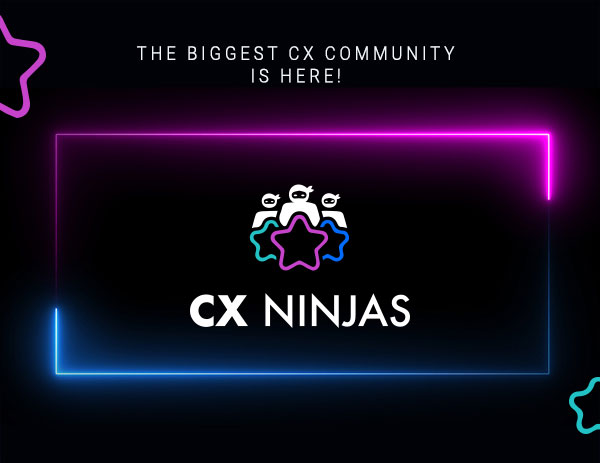How to measure customer loyalty

- marketing
- April 19, 2021
- Categories: Blog
- Tags: Loyalty
It is admittingly hard to measure customer loyalty, as it is a feeling or even better an indication of an intention. But measurement is the key step in customer loyalty management so that we have the tools to optimize our loyalty programs.
But before we get into that, let’s remember what a loyal customer’s attributes are:
- referrals to friends and family,
- returning customers,
- loyal to the brand, not open to the competition,
- open to other products, and services of the brand, and
- likely to give valuable feedback.
Now, here are 5 metrics that can help you measure customer loyalty:
- Net Promoter Score (NPS),
- brand engagement,
- repurchasing levels,
- multiple product purchases, and
- Customer Loyalty Index (CLI).
Net Promoter Score
NPS is used widely across all kinds of businesses to inform marketing strategy and monitor customer service and customer satisfaction. One of its key strengths is that most people know what it is and what constitutes a good score. This makes it very helpful for communicating outside your CX team. Keeping track of your NPS helps you gauge how much of your customer base is likely to be loyal to your brand.
Brand Engagement
How often do your existing customers visit your website, leave reviews of their products and services, or interact with your social media channels? Engagement can indicate enthusiasm for your brand and products, and it also shows that the customer believes you are listening to them and that their engagement is valued. Although it’s not an absolute predictor of loyalty – some repeat customers might buy faithfully for years but never write a review – it can be helpful to look at engagement alongside other loyalty metrics to build out the overall picture.
Repurchasing levels
How many of your customers are new, and how many are making repeat purchase? By tracking the numbers of customers who are new vs your repeat customers over time, you can see how the retention rate rises and falls. It’s important to measure these figures as a proportion of the whole, rather than absolute numbers. Otherwise, a dip or rise in overall sales could present confusing results.
Multiple product purchases
Someone buying a single product repeatedly over time is good news for your customer loyalty levels and your chances for customer retention. But if a returning customer is willing to branch out to other items in your range, it could be even better.
A repeat purchaser who buys multiple products is likely to have confidence in your business as a whole. They don’t just like that thing you make – they like the customer experience they had with you, and they keep exploring more. When you’re looking at repurchasing levels, keep an eye on how many of these customers are broadening their purchase range at the same time.
Customer Loyalty Index (CLI)
Like NPS, this is a standardized metric that’s derived from customer surveys and measures the strength of a customer’s loyalty towards your brand. However, it has a couple more questions than NPS, as it also covers repeat and multiple purchases.
However, it’s not a replacement for these measures, as it records the customer’s intent for the future, rather than their actual behavior. Measuring customer intention scores and comparing them to reality over the customer lifetime can help you build up a more useful picture.
Receive your CX and Loyalty metrics for FREE with Pobuca Experience Cloud!
